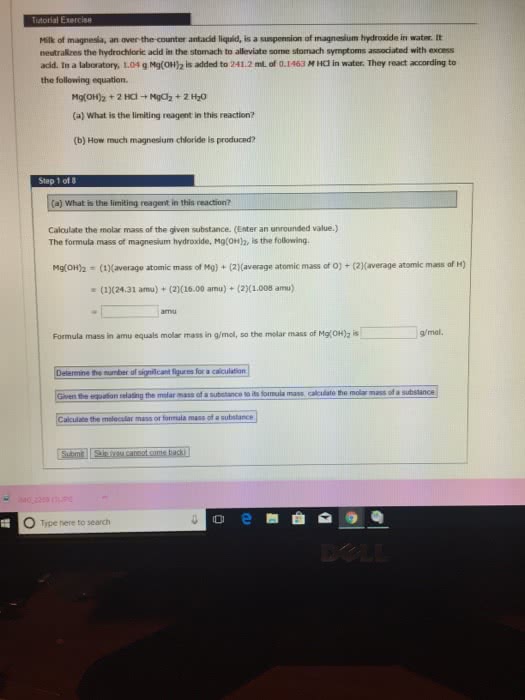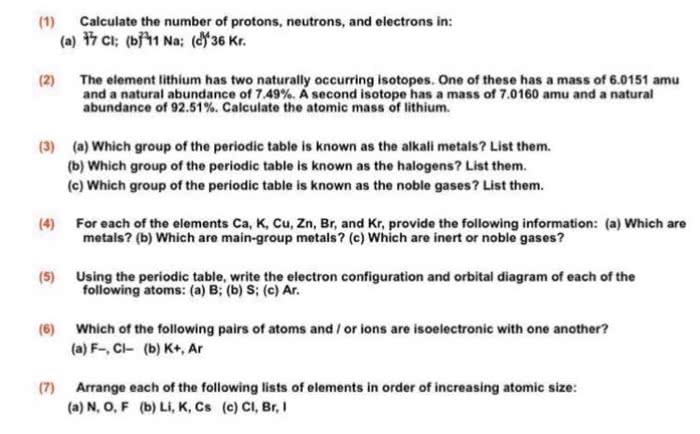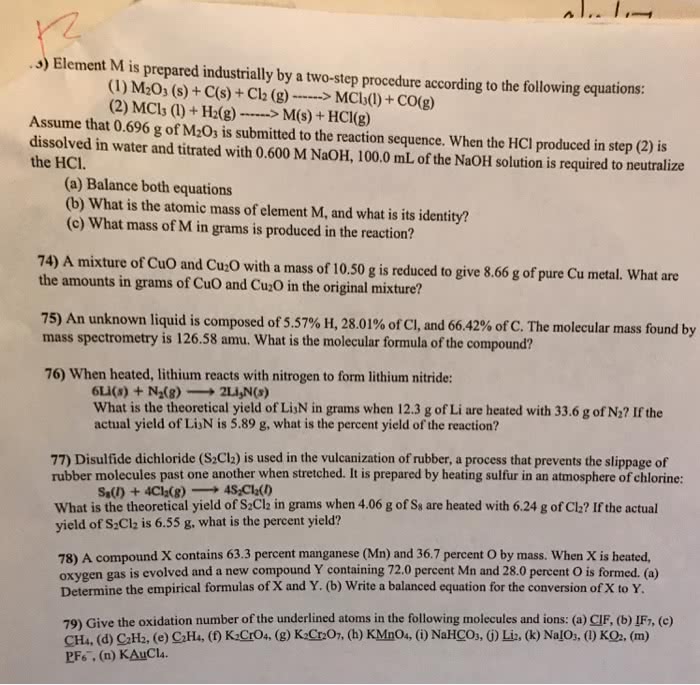CHEM 6A Chapter Notes - Chapter 3: Alkali Metal, Molecular Mass, Dinitrogen Tetroxide


19
CHEM 6A Full Course Notes
Verified Note
19 documents
Document Summary
Reduction of water by alkali metals: 2m(s) + 2h20(l) = 2 m+(aq)oh-(aq) + h2(g, m = alkali metals (li, na, k, balancing equations and molecular mass, amu = sum of atomic masses in a molecule. The usual convention is to use the average atomic mass found in the periodic table if more than on isotope is present. Then the molecular mass is the same as the molecular weight or molar mass in g/mole, which the mass of one mole (6. 02*10^23) of molecules. Intermediate electrical and thermal conductance i: electrical resistance decreases with increasing temperature, brittle, volatile and low-melting halides and hydrides, nonmetals. This allows each p to effectively see the same number of outer electrons as ar: allotropes are different isomer forms of elements. Nonmetals near the right can gain electrons to achieve that of the nearest noble gas: diagonal relationships among the elements in the periodic table. Note that the transition metals are not shown in the figure.




